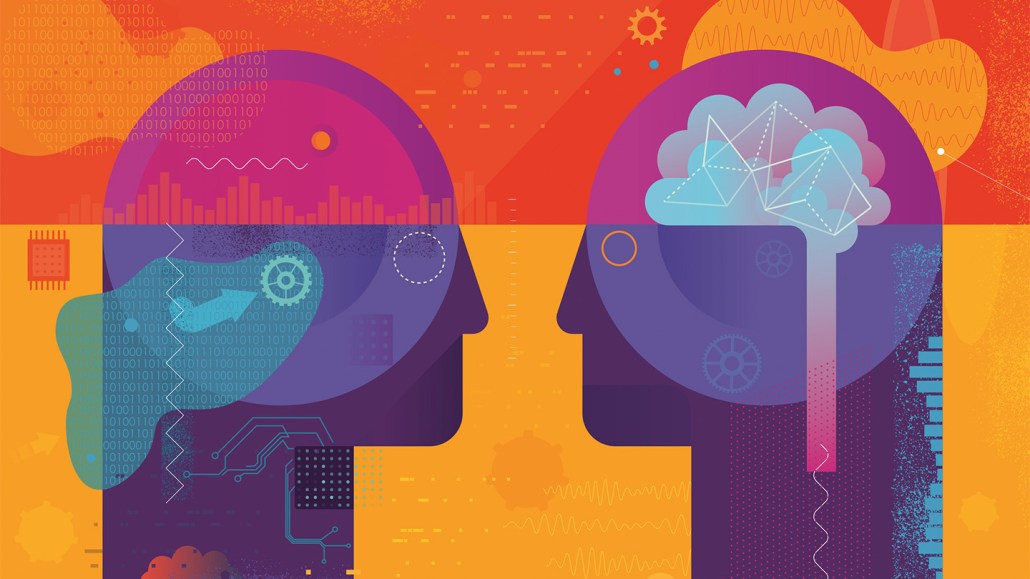Why large language models aren’t headed toward humanlike understanding
Generative AI is not very skillful at applying what it learns to new situations

As impressive as they seem, the latest computer brains usually fail at tasks that require generalizing concepts — tasks that come easily to humans.
DrAfter123/GETTY IMAGES
